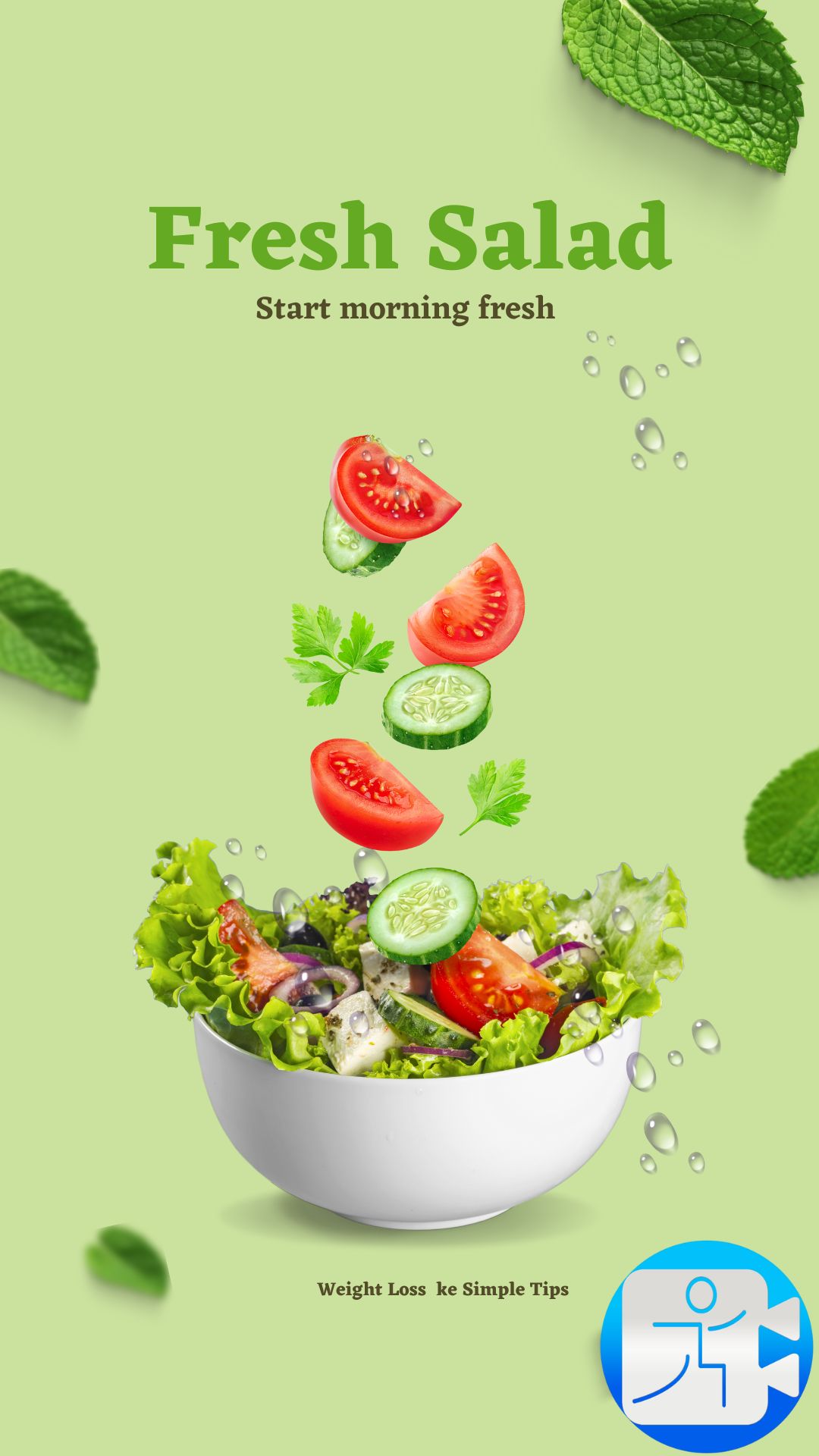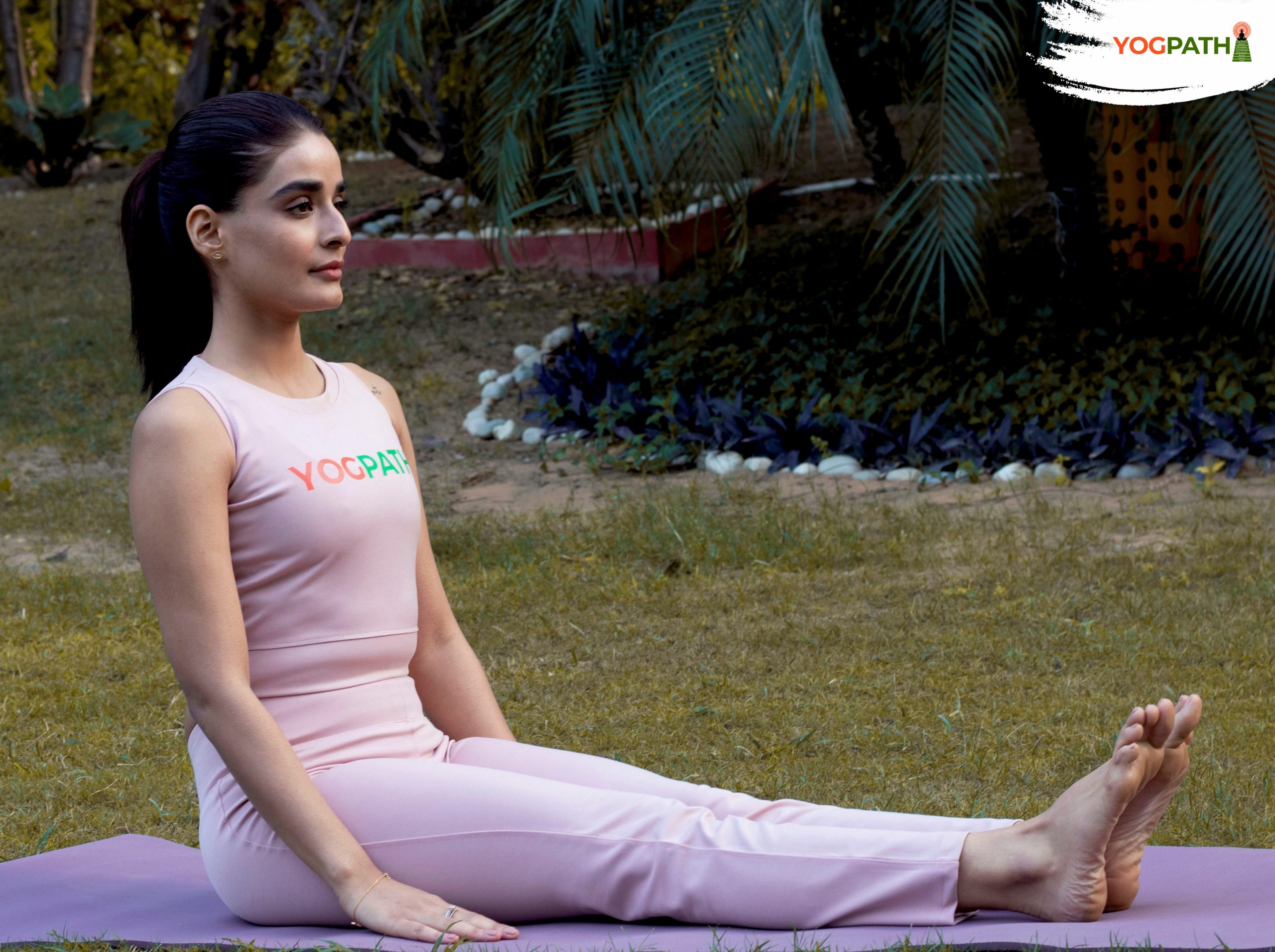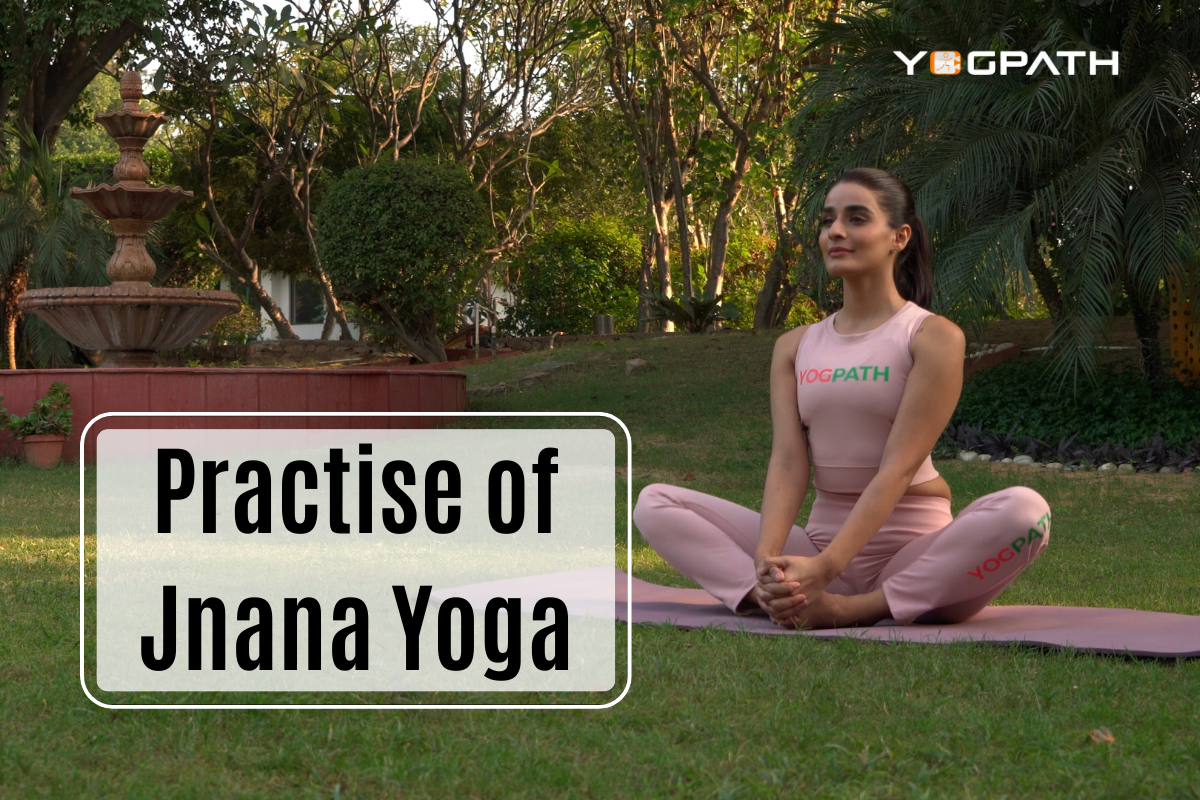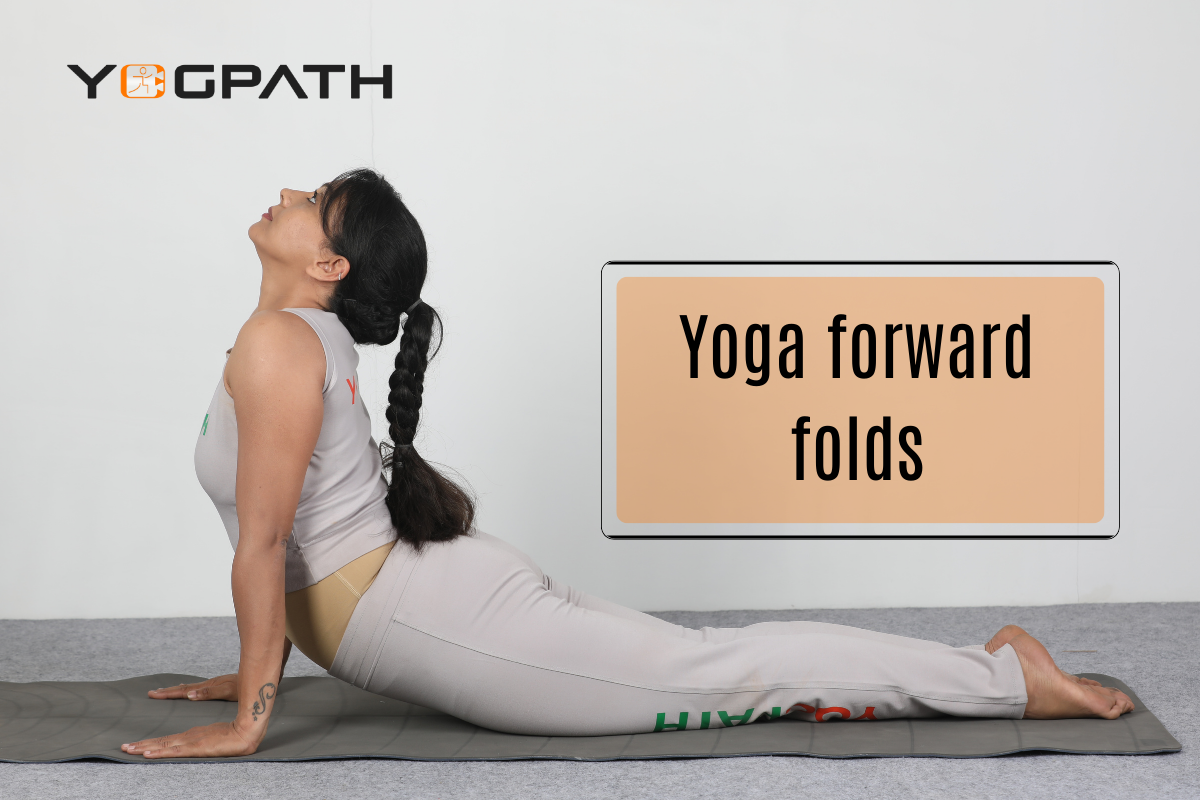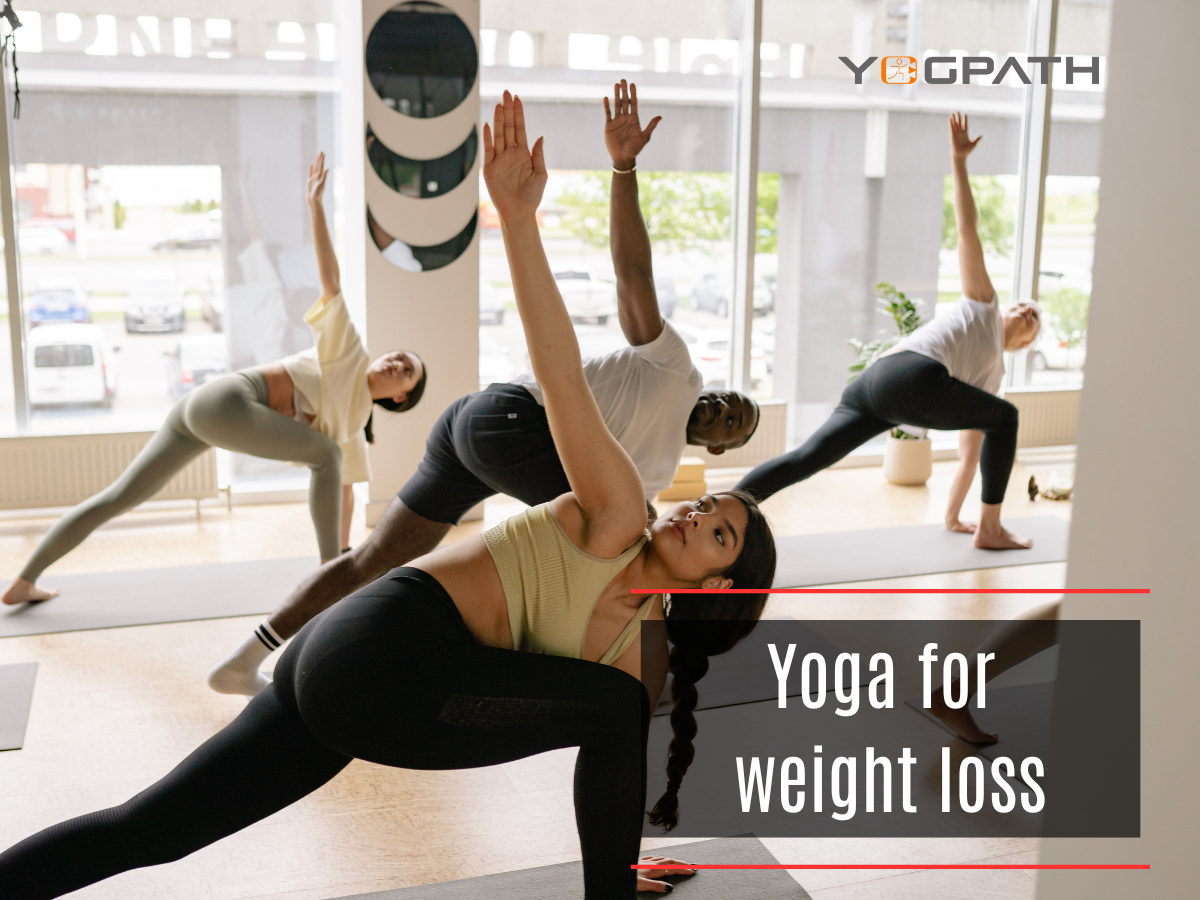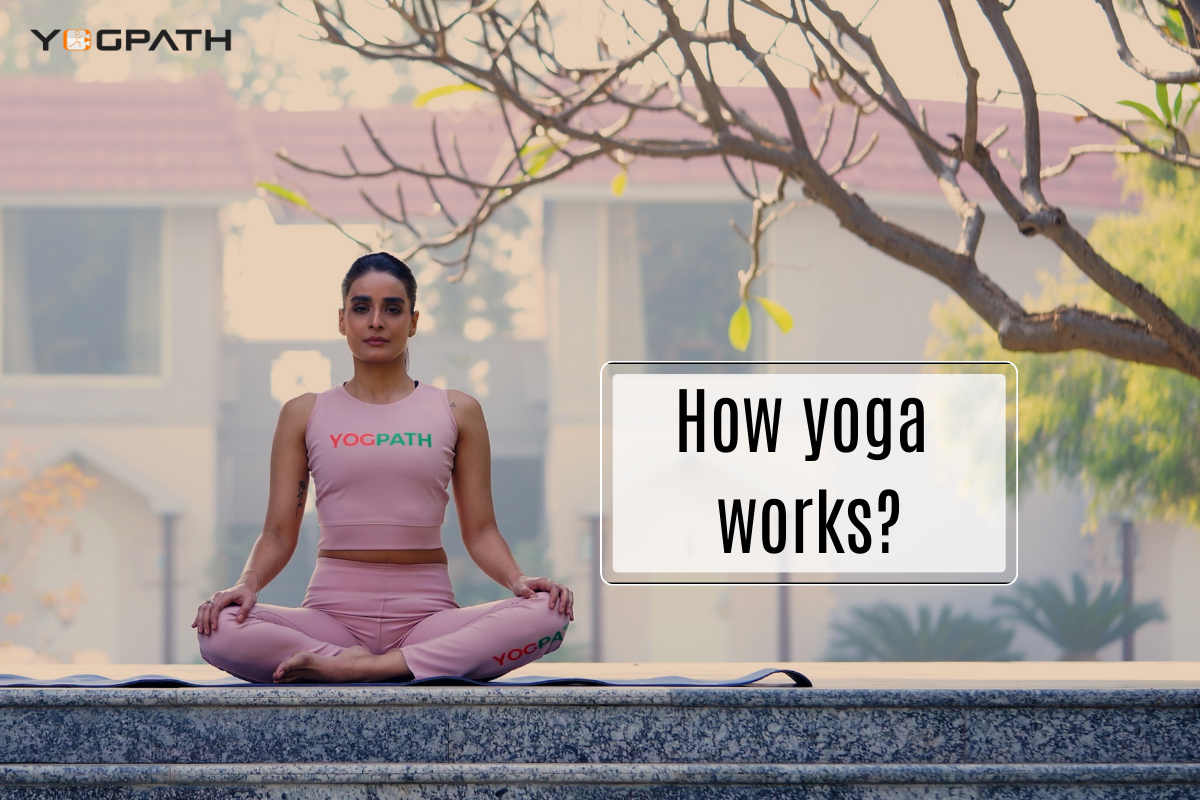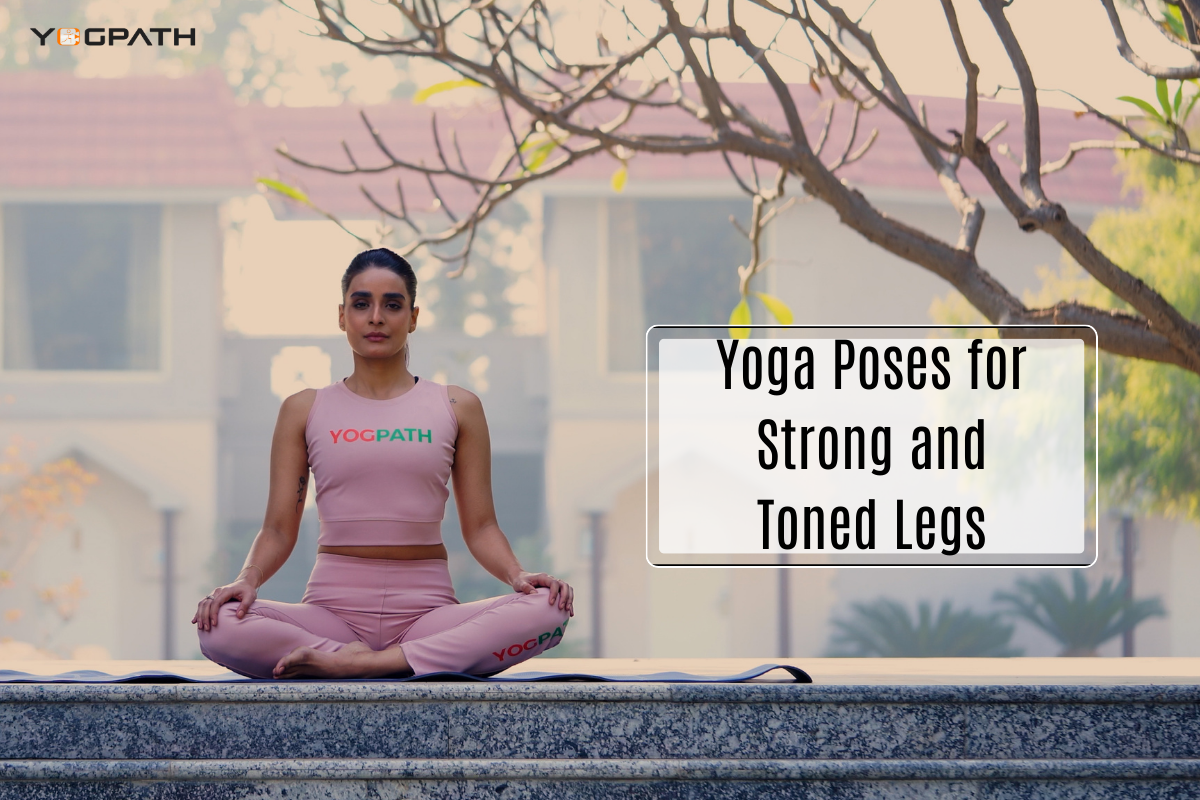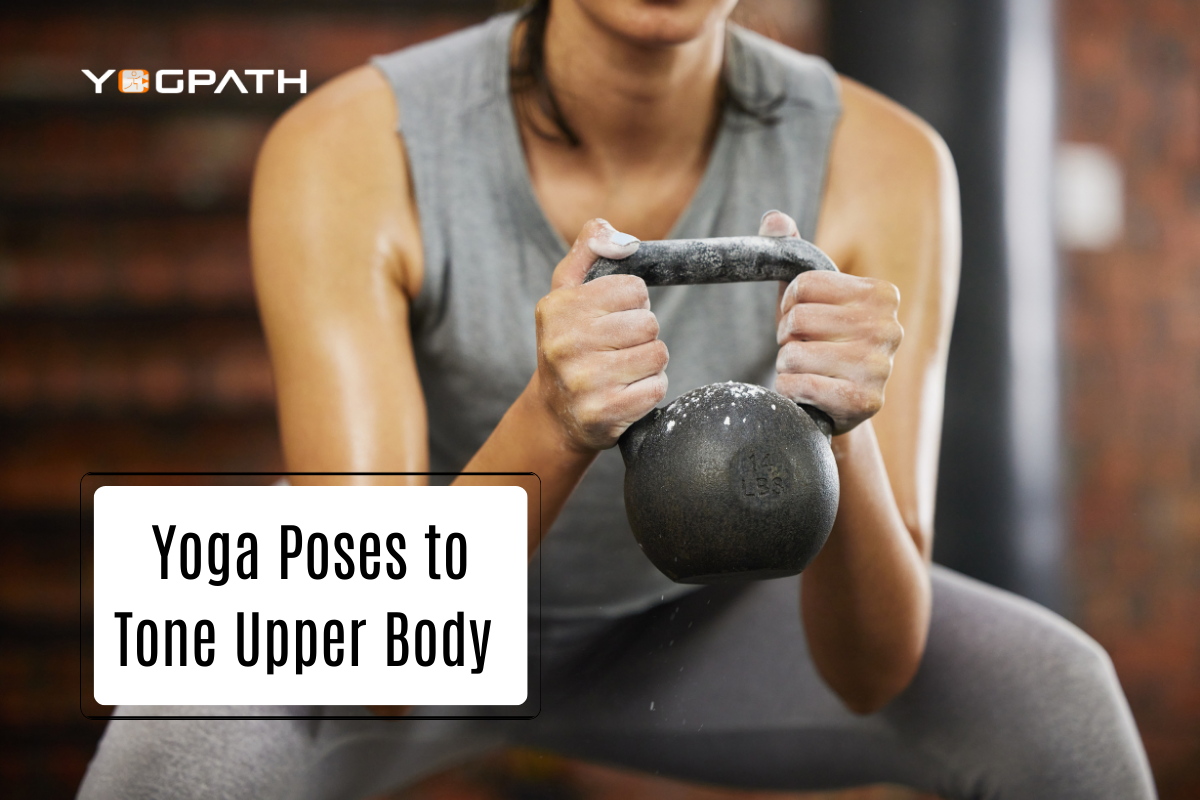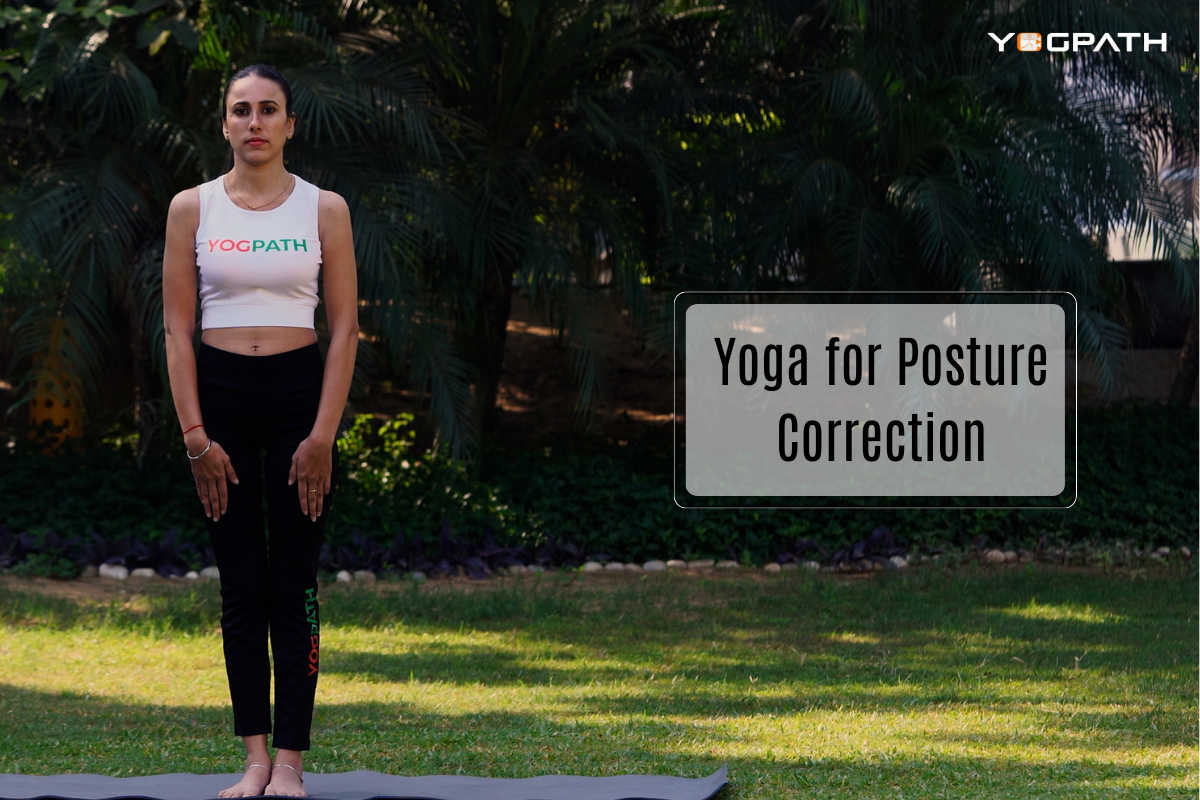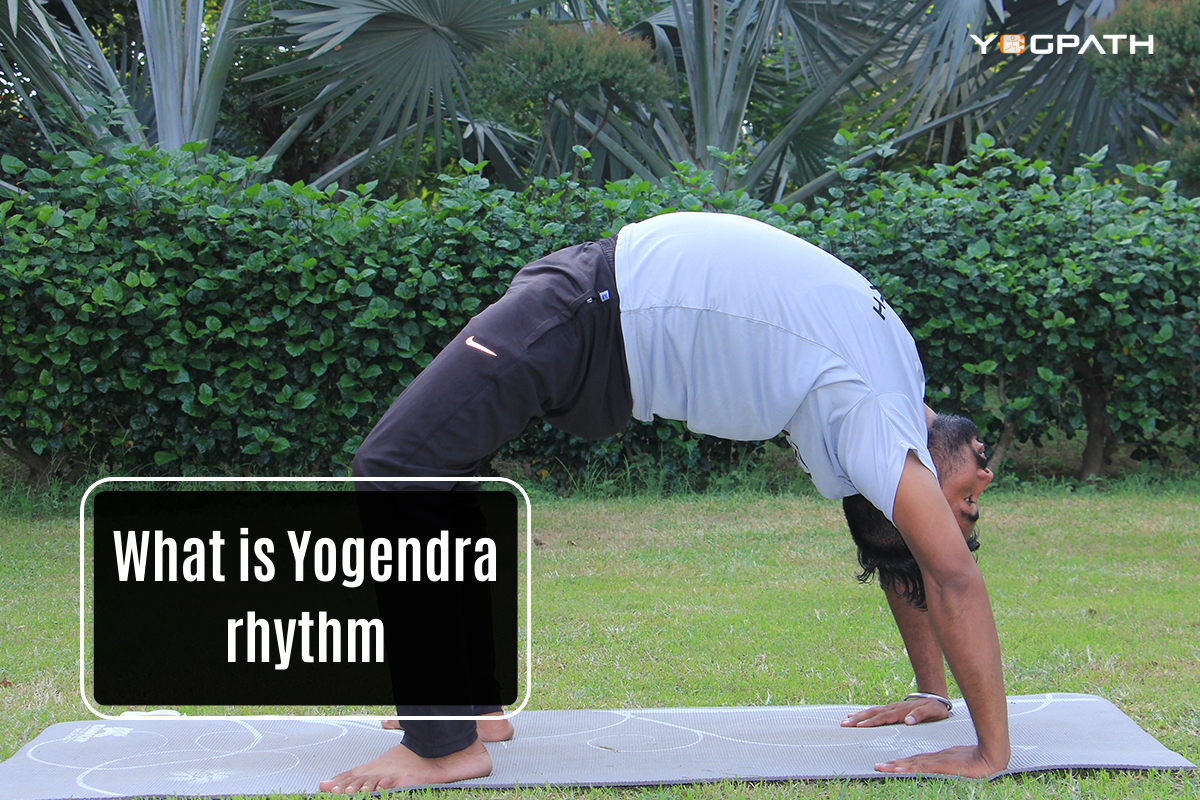
Success with the traditional pranayama techniques described in Hatha Yoga texts calls for a dedicated space, a new way of thinking, and strict guidelines for daily life. Bioenergy is what Yogendra ji called prana. Nearly a century ago, he was the pioneer in adapting traditional pranayamas to the needs of the modern individual. Yogendra Pranayamas or Yogendra Rhythm are a series of nine breathing exercises that he developed after realising how difficult it can be to follow the detailed instructions in traditional Hatha Yoga texts and keep up with modern life.
Goals of Yogendra rhythm
The primary goals of Yogendra Pranayama 1 are to heighten one’s sensitivity to breathing and to increase one’s lung capacity by balancing the lengths of one’s inhalations and exhalations. Practicing Yogendra Pranayama 2, 3, and 4 will help you become aware of the lung’s expansive coverage while strengthening your clavicular, thoracic, and abdominal muscles for bionic efficiency.
The goals of Yogendra Pranayamas 5, 6, 7, and 8 are to effectively control the four phases of breathing: suspension, inhalation, retention, and exhalation. Yogendra Pranayama No. 9 involves breathing in and out of alternate nostrils to control the flow of air for therapeutic purposes.
The following are some aspects of the nine Yogendra Pranayamas:
- Balance of the lungs
- Diaphragmatic breathing, or intercostal breathing
- Cavicular breathing
- Breathing through the diaphragm
- Suspended breathing; shinyaka (post-exhalation)
- Puraka – deep breathing
- Kumbhaka means to hold one’s breath.
- Rechaka – a deep, drawn-out sigh
- Yogendra Anuloma Vlom, breathing through the nose alternately
To help with the timing of the asanas, Yogendraji included a counting system in which one count equals one second. This allowed him to create a breathing pattern called Yogendra Rhythm that included counts for inhalation, retention, exhalation, and suspension of breath. Concentration can be improved with the help of pranayama, which also helps to maintain mental and physical steadiness and eliminates toxins from the body and its energy channels.
Looking at the 9 Yogendra Pranayamas one by one:
Pranayama Yogendra 1
Pranayama 1 is an effective method for countering the negative effects of smoking, particularly on the skin and eyes. The lungs gain strength and efficiency from practising this Pranayama.
Directions:
- Keep your feet about a foot apart and your back, shoulders, and torso relaxed as you stand tall.
- Inhale steadily and slowly.
- Let your breath out steadily and slowly.
- Ten times through, breathe in and out in the exact same way.
Pranayama Yogendra 2
Directions:
- As in Pranayama 1, stand with your feet hip-width apart and your hands placed just below your ribs on the floor.
- Pull in your stomach and inhale to expand your intercostal muscles; then, as soon as you’ve taken a full breath in, start exhaling.
- Pay attention to the area below the ribs; this is where you will feel the expansion of your lungs.
- You should count to seven with each inhale, starting at two seconds.
- Please take note to restrain your use of the abdominal and clavicular muscles.
Pranayama Yogendra 3
Directions:
- Stance erect, with your feet spaced just a little bit apart.
- Focus on using only your clavicular muscles to inhale, while keeping your intercostal and diaphragmatic muscles relaxed. Lift your shoulders and roll them back as you take a deep breath in.
- As soon as you finish taking a deep breath in, you should begin to let out air.
- You should count to seven with each inhale, starting at two seconds.
Pranayama Yogendra 4
Directions:
- Please get into position for this round by lying on your back with your legs folded underneath you.
- Put your left hand on your lower belly, just above your navel, and take a few deep breaths to lift your stomach.
- Exhale gradually and pull in your stomach and abdomen to create a hollow. Keep your chest from moving around.
- The countdown should begin at three seconds and go up to eight. This Pranayama should be practised for no less than 10 rounds.
- Take care to keep track of your breaths both in and out.
Pranayama Yogendra 5 (Shunyaka)
Directions:
- Breathe deeply as you sit in Sukhasana, Vajrasana, or Padmasana.
- Take a few deep breaths in, and then slowly let them out, drawing the belly button in toward the spine.
- Start by holding your breath for five seconds and work your way up to thirty.
- To restore normal breathing, relax your diaphragm as you inhale and then exhale.
- Ten times through, making sure to rest for a few seconds in between.
- Please close your eyes or concentrate on the bridge of your nose.
Pranayama Yogendra 6 (Puraka)
Directions:
- Take a seat in Padmasana, Vajrasana, or Sukhasana.
- Exhale completely, using all of your breathing muscles, beginning with a short inhale. Don’t let gas build up in your stomach.
- The recommended breathing technique is to inhale deeply for five seconds, then increase the length of time until you’ve inhaled for thirty seconds straight.
- Ten times through, with attention on breathing technique and the respiratory muscles, this Pranayama will help you immensely.
Pranayama Yogendra 7 (Kevala Kumbhaka)
Directions:
- Select a comfortable seated posture, such as Sukhasana, Vajrasana, or Padmasana.
- Use all of your breathing muscles to take a quick, shallow breath in, and then a long, slow, steady breath out.
- Hold your breath for as long as you can while keeping your stomach in (try to hold your breath for twice as long as your inhalation). Just let out a normal breath.
- Start with an inhalation that lasts five seconds and a retention that lasts ten seconds, and work your way up to thirty seconds inhaling and sixty seconds holding.
- Ten rounds of this breathing exercise, with a 60-second break between each, is recommended.
- Please close your eyes or concentrate on the bridge of your nose. Never put undue pressure on yourself by holding your breath.
Pranayama Yogendra 8 (Recaka)
Directions:
- Take a seat in Padmasana, Vajrasana, or Sukhasana.
- Start taking a deep breath in and hold it for twice as long. Hold your breath as long as you can while exhaling. If you inhale for three seconds, hold your breath for six, and then exhale for 12 seconds, that’s considered a full breath cycle. Raise the number of breaths you take and let go of gradually.
- You should always wait a few seconds before breathing in. Pay attention to the rhythm and depth of your breathing, and practise a smooth, continuous exhalation.
- Ten cycles of this Pranayama should be practised.
Pranayama Yogendra 9 (Anulom Vilom)
Directions:
- Select a comfortable seated posture, such as Sukhasana, Vajrasana, or Padmasana.
- Get in the habit of resting your thumb and fingertip on the inside of your nostrils.
- Make sure your left nostril is completely closed and use your right one to take a deep breath in. Just plug your noses and hold your breath for four seconds.
- Then, close your right nostril as you exhale through your left one.
- For the second round of this Pranayama, you should breathe in through your left nostril.
Advantages of Yogendra Pranayama:
There are mental and physical advantages to learning to regulate your breathing and energy levels.
Yogendra Pranayama has many important advantages.
- Has a calming effect on the mind and body and also serves as a source of renewed vitality.
- Improves awareness and concentration Lowers anxiety, depression, and blood pressure
- Stimulates the growth of a more robust nervous and respiratory system.
- Helps maintain muscle calmness
